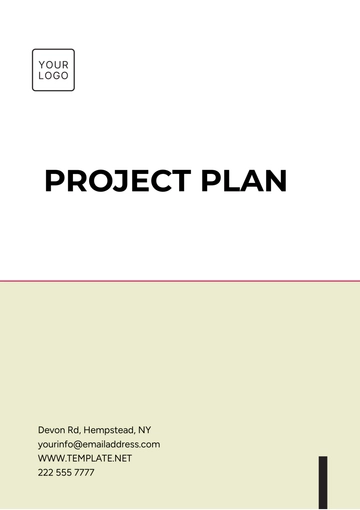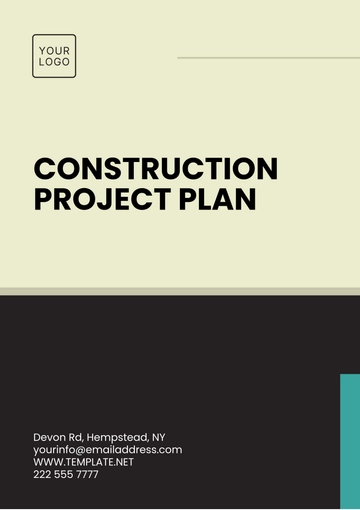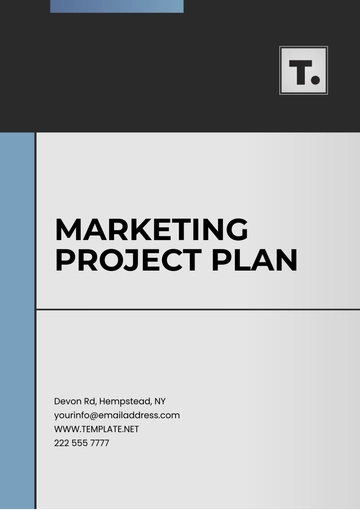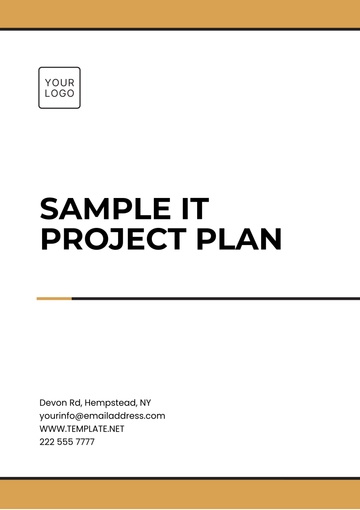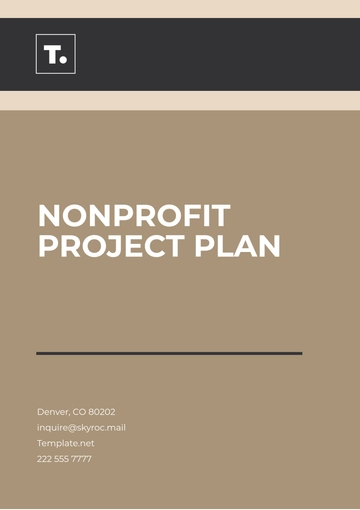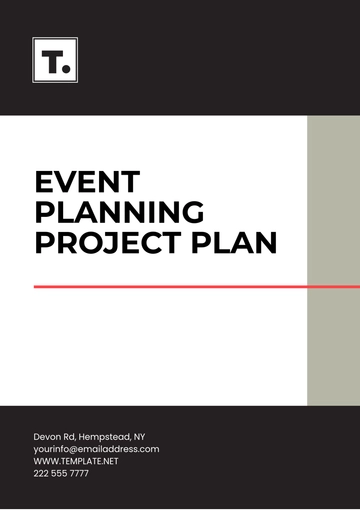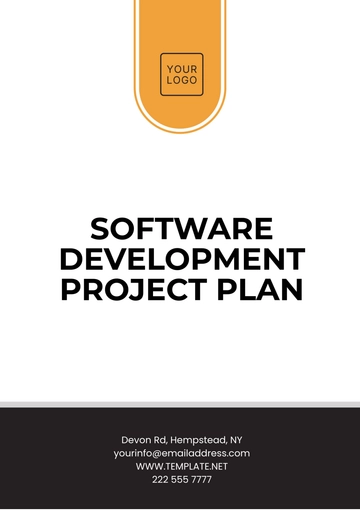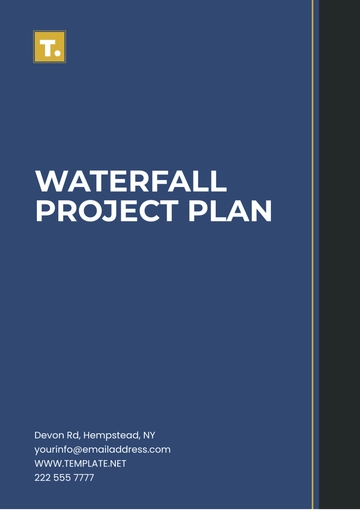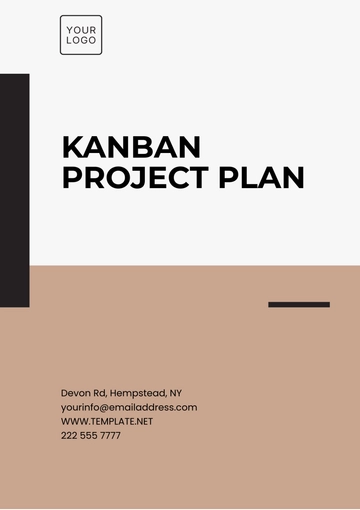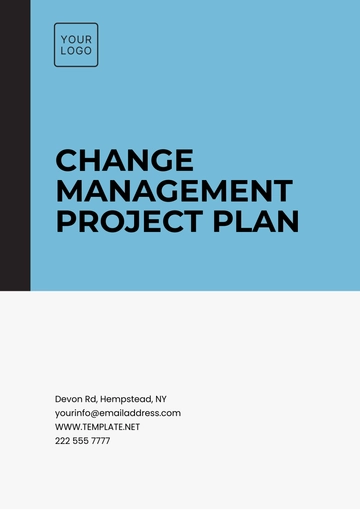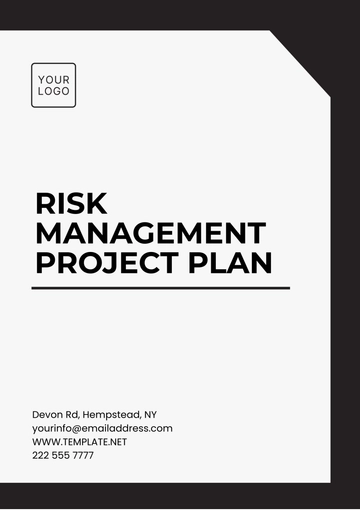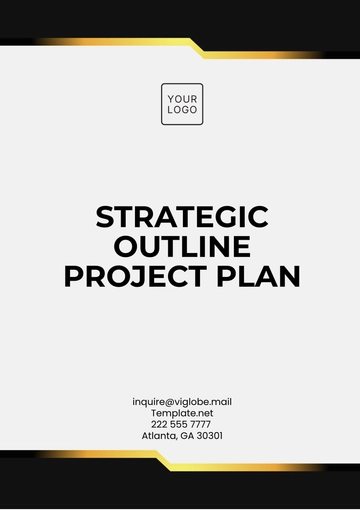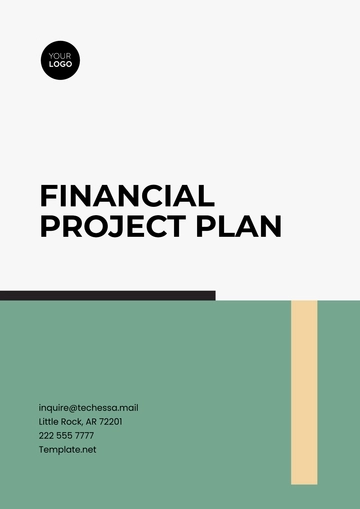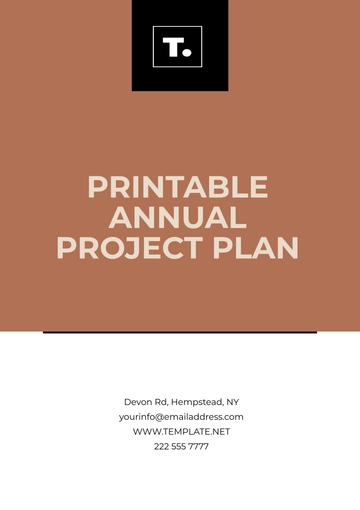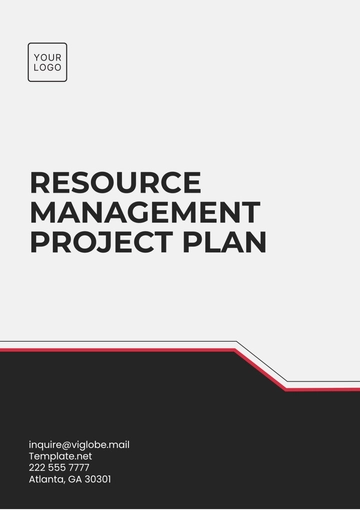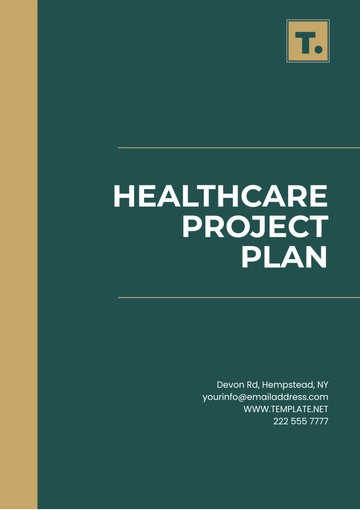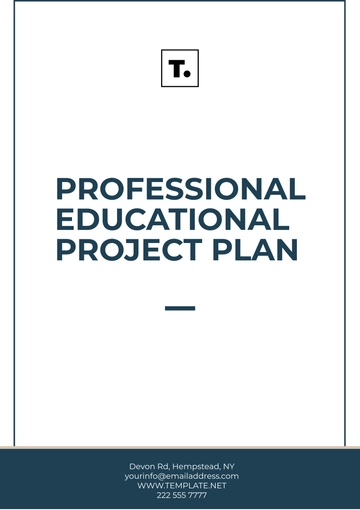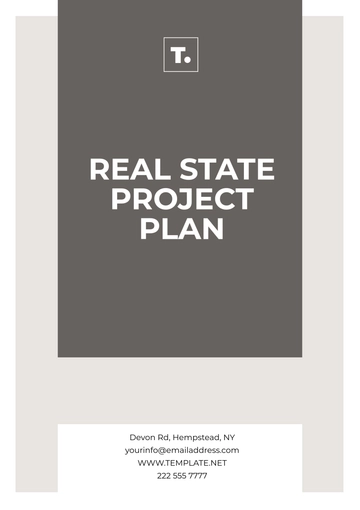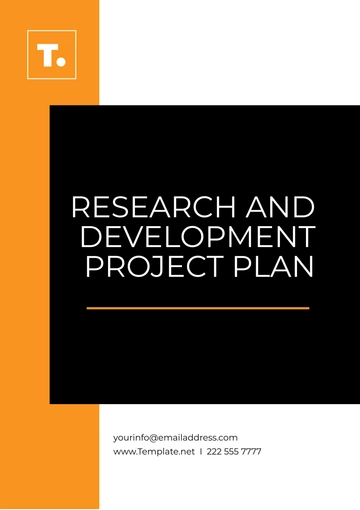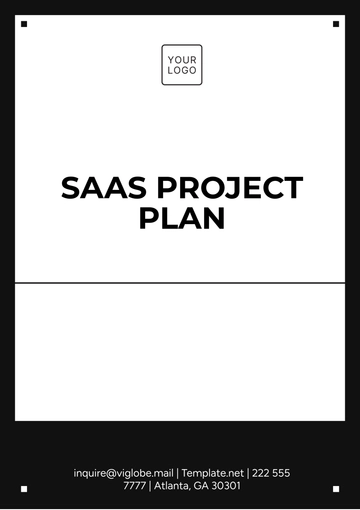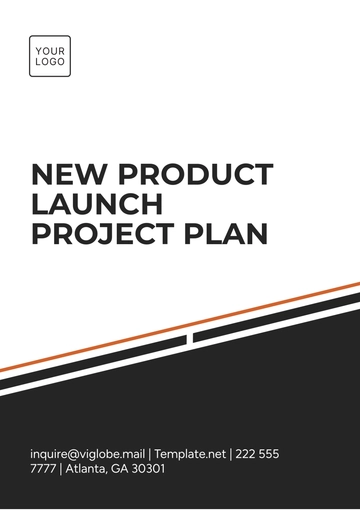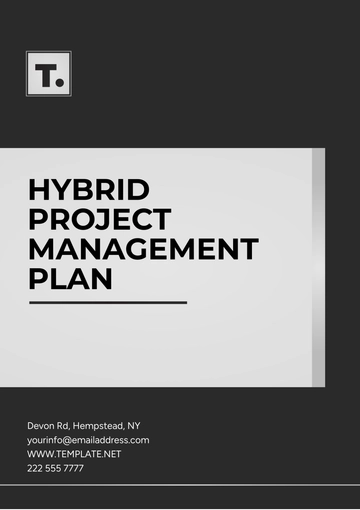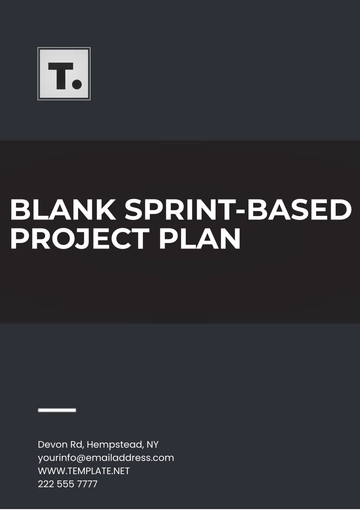Free Quarterly Project Plan Outline

I. Introduction
This Quarterly Project Plan presents a structured approach to guide the project through its upcoming phases, establishing essential tasks, deadlines, and resource allocations. Designed to ensure timely and efficient execution, the plan outlines key objectives, designates responsibilities, and details a timeline for each project phase, ultimately fostering progress and alignment with organizational goals.
II. Project Overview
Project Objectives
The primary objectives for this project include:
Objective 1: Clearly define the project’s scope, goals, and deliverables.
Objective 2: Create a comprehensive timeline with well-defined milestones.
Objective 3: Assign specific tasks and clarify responsibilities across the team.
Objective 4: Monitor and evaluate progress at regular intervals, adjusting the plan as needed to address challenges.
Stakeholders
The following key stakeholders will contribute to and oversee project success:
Project Manager: Responsible for overall project direction and coordination.
Project Team Members: Carry out the assigned tasks according to the project plan.
Department Heads: Provide resources and inter-departmental coordination.
External Partners/Vendors: Support specific project requirements as needed.
III. Project Phases and Timelines
Phase 1: Planning
Task
Start Date
End Date
Responsible Party
Define Project Scope
Week 1
Week 2
Project Manager
Resource Allocation
Week 2
Week 3
Project Team
Risk Assessment
Week 2
Week 3
Risk Manager
Phase 2: Execution
Task
Start Date
End Date
Responsible Party
Task Implementation
Week 4
Week 8
Development Team
Quality Assurance
Week 8
Week 9
QA Team
Phase 3: Closure
Task
Start Date
End Date
Responsible Party
Project Review
Week 10
Week 11
Project Manager
Sign Off
Week 11
Week 12
All Stakeholders
IV. Resources and Budget
The project requires the following resources for seamless execution and completion:
Human Resources: project team members, management, and relevant stakeholders.
Technical Resources: Software licenses, hardware, and specialized tools.
Financial Resources: Quarterly budget allocated specifically for project milestones and unforeseen expenses.
V. Risk Management
A robust risk management strategy is established to proactively identify, mitigate, and monitor potential risks across phases:
Risk identification: recognize potential risks at each project stage to ensure proactive mitigation.
Contingency Planning: Prepare alternate solutions for anticipated risks.
Monitoring and adjustments: Regularly review risks and refine mitigation strategies as needed.
- 100% Customizable, free editor
- Access 1 Million+ Templates, photo’s & graphics
- Download or share as a template
- Click and replace photos, graphics, text, backgrounds
- Resize, crop, AI write & more
- Access advanced editor
Quarterly Project Plan Outline Template, perfect for organizing goals and milestones. This customizable template allows you to tailor it to your specific needs, ensuring a seamless workflow. Easily downloadable and printable, it enhances productivity and collaboration. Plus, it's editable in our AI Editor Tool for added convenience. Offered by Template.net, this template is a must-have for efficient project planning
